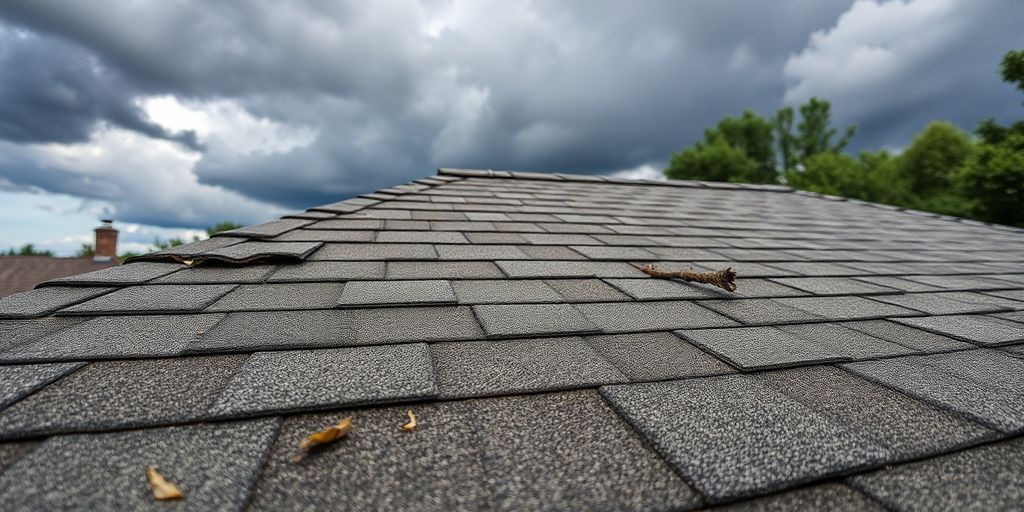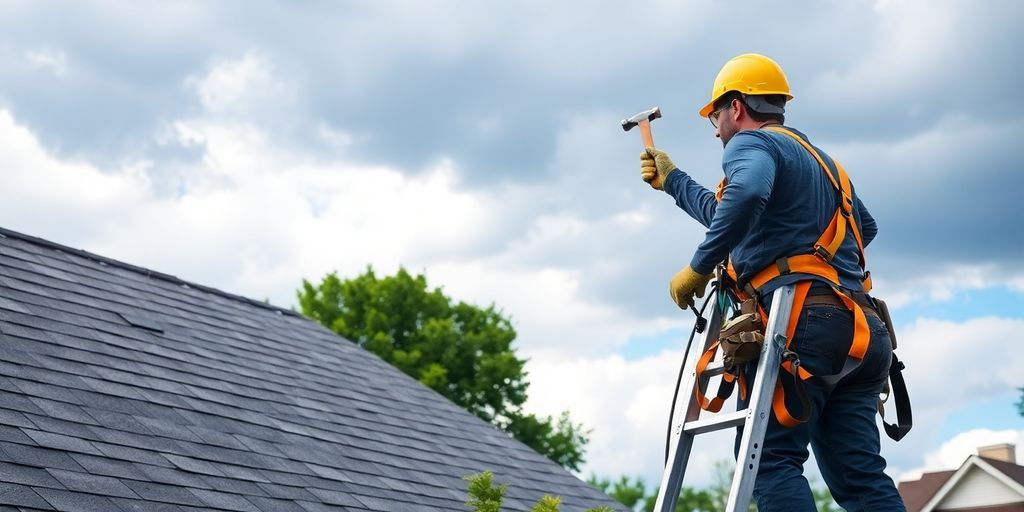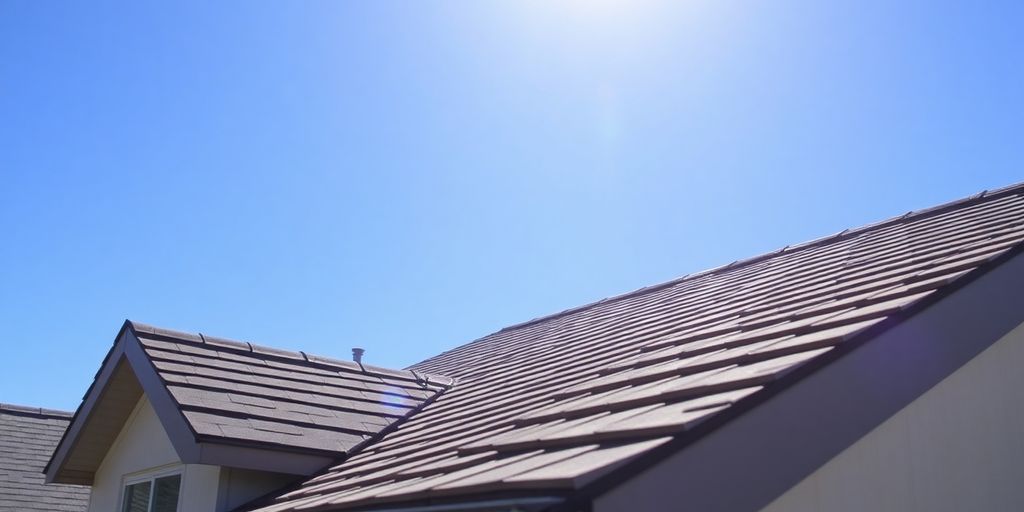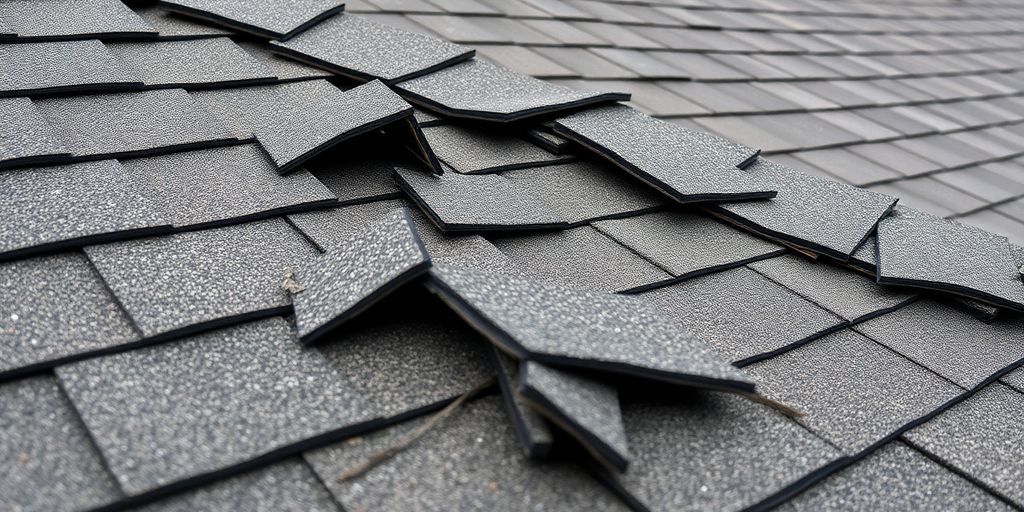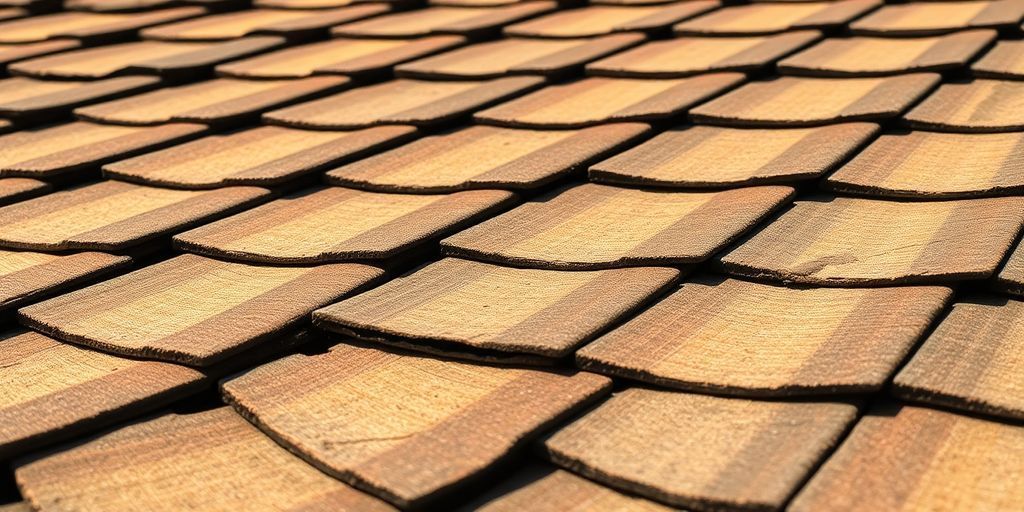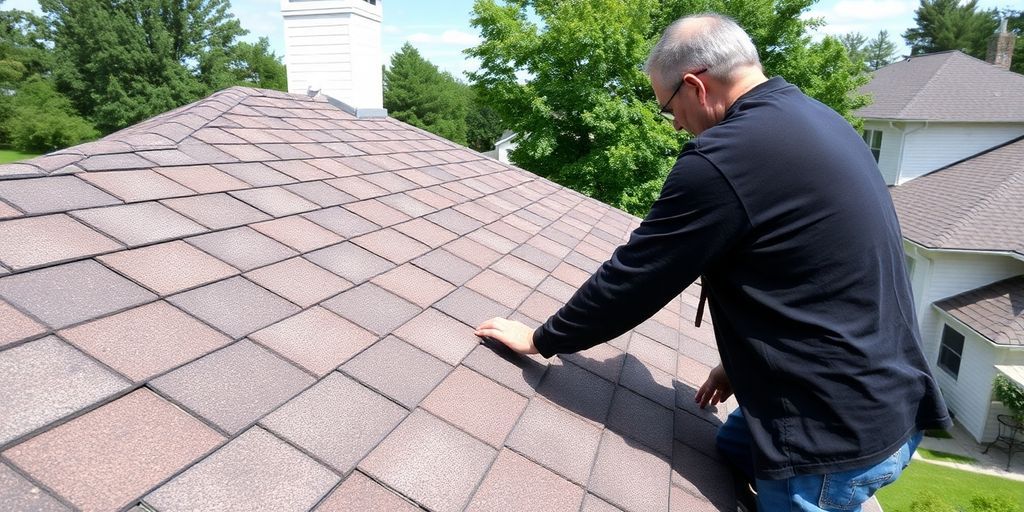Common Summer Roofing Issues in Colorado Springs
Summer in Colorado Springs brings beautiful weather, but it also brings some specific challenges for our roofs. We've seen it all, from sudden hailstorms to scorching sun and heavy monsoon rains. Taking care of our roofs during these months is important to keep our homes safe and dry. Let's look at some common summer roofing problems and what we can do about them.
Key Takeaways
- After a storm, check your roof for hail damage right away. Getting a professional to look at it quickly, especially for roofing installation Colorado Springs, can save you trouble later.
- The summer sun can really beat down on roofs. Watch for signs of wear from heat and UV rays, and think about ways to protect your roof from them.
- Monsoon season means a lot of rain. Make sure your gutters work well and fix any leaks fast to stop water from getting into your home.
Hail Damage and Its Impact on Colorado Springs Roofs
Colorado Springs, with its beautiful scenery, also faces some pretty intense weather. Hailstorms are a common occurrence, and they can really do a number on your roof. We've seen firsthand how quickly a seemingly minor hailstorm can turn into a major roofing problem. It's not just about the immediate damage; it's about the long-term effects that can compromise the integrity of your entire home. Let's get into the specifics of what to look for and why it matters.
Identifying Hail Damage After a Storm
Okay, so the storm has passed, and you're wondering if your roof made it through unscathed. Here's what we recommend you do. First, do a visual inspection from the ground. Look for any obvious signs of damage, like missing shingles or dents in metal flashing. If you spot anything suspicious, it's time to get a closer look.
- Check for bruises or fractures on asphalt shingles. These might appear as dark spots or areas where the granules have been knocked off.
- Inspect metal roofs for dents or dings. Even small dents can weaken the material over time.
- Take a look at your gutters and downspouts. Are there a lot of granules washed down from the roof? That's a red flag.
Remember, it's always best to call a professional roofing contractor for a thorough inspection. They have the experience and equipment to identify damage that might not be visible to the untrained eye.
The Importance of Prompt Roofing Installation Colorado Springs
So, you've identified hail damage. Now what? Well, ignoring it is not an option. Even seemingly minor damage can lead to bigger problems down the road. Water intrusion, for example, can cause mold growth, wood rot, and structural damage. And trust us, those are problems you definitely want to avoid.
Here's why prompt roofing installation is important:
- Prevents further damage: Addressing the issue quickly stops water from seeping into your home.
- Maintains property value: A damaged roof can significantly decrease the value of your home.
- Avoids costly repairs: Small repairs now can prevent major, expensive repairs later.
| Repair Urgency | Potential Consequence |
|---|---|
| Immediate | Prevents water damage, mold growth, structural issues |
| Delayed | Increased repair costs, health hazards, safety risks |
Getting your roof fixed quickly after a hailstorm is not just about aesthetics; it's about protecting your investment and ensuring the safety of your home. Don't wait until it's too late. Call a reputable roofing contractor in Colorado Springs and get the process started. You'll be glad you did.
Understanding Heat Stress and UV Degradation
Colorado Springs summers bring intense heat and relentless sunshine. This combination can really take a toll on your roof. We need to be aware of how these elements affect roofing materials and what we can do to protect our investments.
Signs of Heat-Related Roof Deterioration
Spotting heat damage early can save us from bigger problems later. Keep an eye out for these common signs:
- Cracking and blistering: Asphalt shingles can dry out and crack under constant heat. Blisters might also appear as trapped moisture expands.
- Granule loss: Those little granules on asphalt shingles protect them from UV rays. If you notice a lot of granules in your gutters, it's a sign the shingles are degrading.
- Warping or curling: Extreme heat can cause shingles to warp or curl at the edges, making them less effective at shedding water.
- Fading color: The sun's UV rays can fade the color of your roof over time, indicating the protective layers are breaking down.
It's important to conduct regular roof inspections, especially after periods of intense heat. Early detection of these signs allows for timely repairs, preventing further damage and extending the lifespan of your roof.
Preventative Measures for Summer Roofing Longevity
We can take steps to minimize the impact of heat and UV radiation on our roofs. Here are a few strategies:
- Ventilation: Proper attic ventilation is key. It allows hot air to escape, reducing the overall temperature of the roof.
- Reflective coatings: Consider applying a reflective roof coating. These coatings bounce sunlight away from the roof, keeping it cooler.
- Regular cleaning: Keep your roof clean of debris. Accumulated leaves and branches can trap heat and moisture, accelerating deterioration.
- Professional inspections: Schedule regular inspections with a qualified roofing contractor. They can identify potential problems and recommend appropriate solutions.
| Measure | Description |
|---|---|
| Ventilation | Ensures proper airflow in the attic, reducing heat buildup. |
| Reflective Coatings | Applied to the roof surface to reflect sunlight and reduce heat absorption. |
| Regular Cleaning | Removes debris that can trap heat and moisture, preventing premature deterioration. |
| Inspections | Professional assessments to identify and address potential issues before they escalate into major problems. |
Taking these preventative measures can significantly extend the life of your roof and protect your home from the harsh Colorado Springs summer weather.
Monsoon Season Challenges and Water Intrusion
Colorado Springs summers aren't just about sunshine; we also get our fair share of intense monsoon seasons. These periods bring heavy rainfall, which can really put your roof to the test. We need to be extra vigilant during these times to prevent water damage and maintain the integrity of our roofs. It's not just about the rain itself, but also the potential for standing water, leaks, and the overall stress on roofing materials.
Addressing Leaks and Water Damage Promptly
Finding and fixing leaks quickly is super important to prevent bigger problems. Even a small drip can lead to significant water damage over time, affecting not just the roof but also the structure of your home. We should regularly inspect our ceilings and walls for signs of water stains, discoloration, or mold growth. If we spot anything, it's time to call a professional. Ignoring these signs can lead to:
- Increased repair costs down the road.
- Compromised structural integrity.
- Unhealthy mold growth.
Addressing leaks promptly not only saves money but also protects our health and the value of our homes. It's a proactive approach that pays off in the long run.
Ensuring Proper Drainage and Gutter Functionality
Gutters play a vital role in directing water away from our roofs and foundations. If they're clogged or damaged, water can back up, leading to leaks and potential structural damage. We should make sure our gutters are clean and in good repair before the monsoon season hits. Here's a quick checklist:
- Clear out any leaves, debris, or nests.
- Check for sagging or damaged sections.
- Ensure downspouts are properly positioned to direct water away from the foundation.
Proper drainage is key to preventing water from pooling on the roof and seeping into our homes. It's a simple step that can save us a lot of headaches and expenses in the long run.
Conclusion
So, as we've seen, summer in Colorado Springs can be pretty tough on roofs. Between the strong sun, those sudden hailstorms, and all the wind, a lot can go wrong. We really hope this article helps you understand what to look out for. Getting ahead of these problems with regular checks and quick fixes can save you a lot of trouble and money down the road. Taking care of your roof now means it will take care of your home for years to come. It’s just smart to be prepared.
Frequently Asked Questions
How can we tell if our roof has been damaged by hail?
After a big hail storm, it's a good idea to look at your roof for dents, cracks, or missing shingles. If you see anything unusual, it's best to call a roofing expert to check it out properly. They can spot damage that might not be obvious to the untrained eye.
What can we do to protect our roof from the sun's strong rays?
To help your roof last longer in the summer heat, make sure it's cleaned regularly to remove dirt and leaves. Also, consider having a professional inspect it before the hottest months arrive. They can recommend things like special coatings that reflect sunlight and keep your roof cooler.
What should we do if we find a leak in our roof during the rainy season?
If you notice a leak, the first thing to do is try to catch the water in a bucket to prevent further damage inside your home. Then, you should contact a roofing company right away. Fixing leaks quickly is super important because even small ones can lead to bigger problems like mold or rotting wood over time.
Recent Posts

